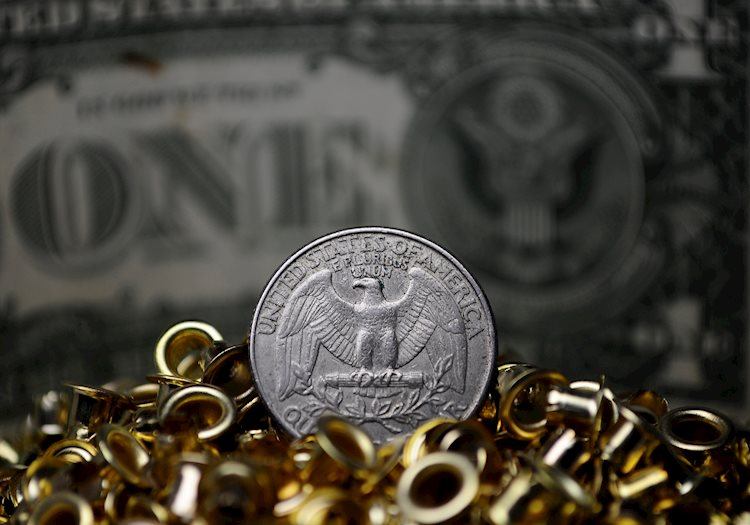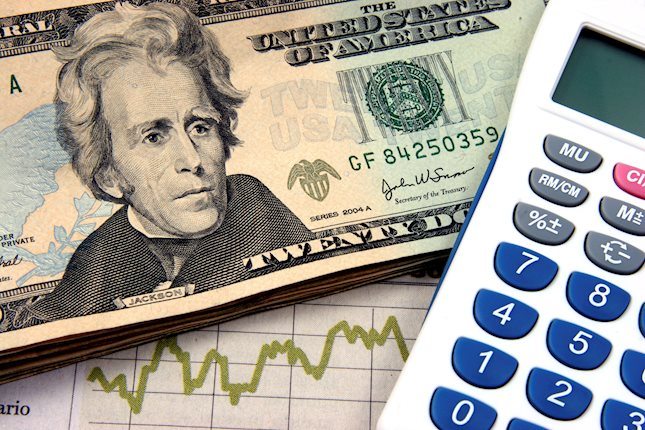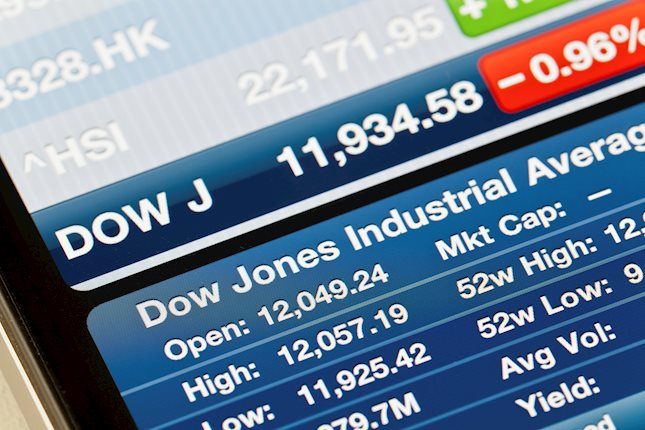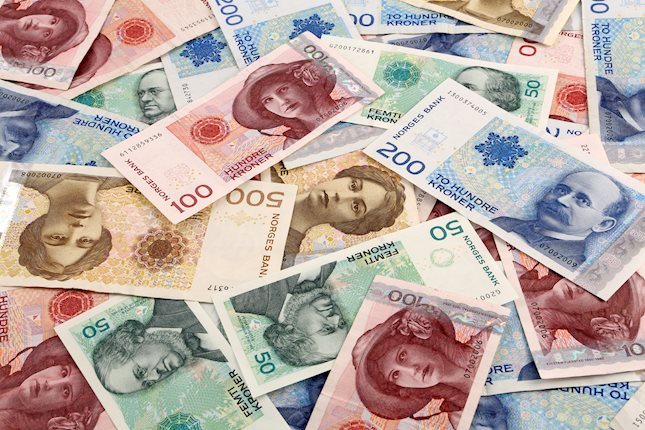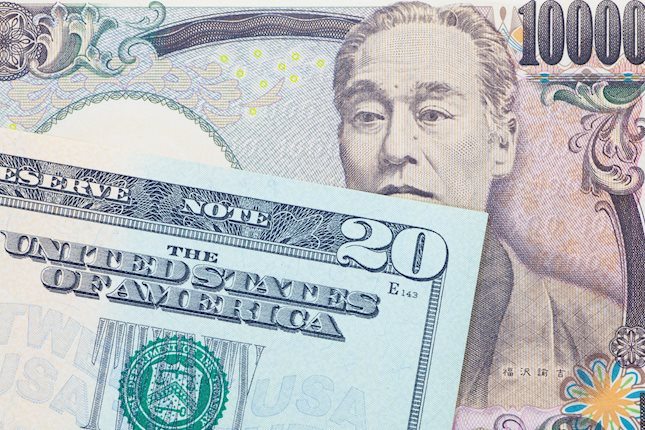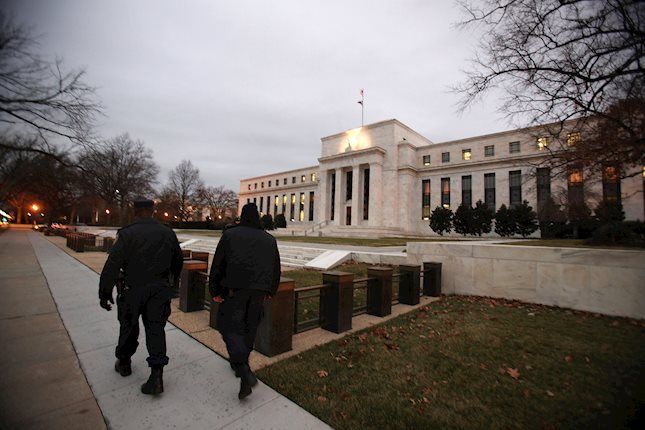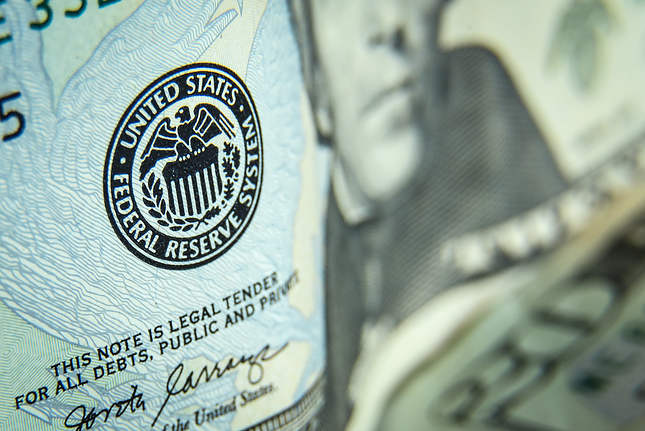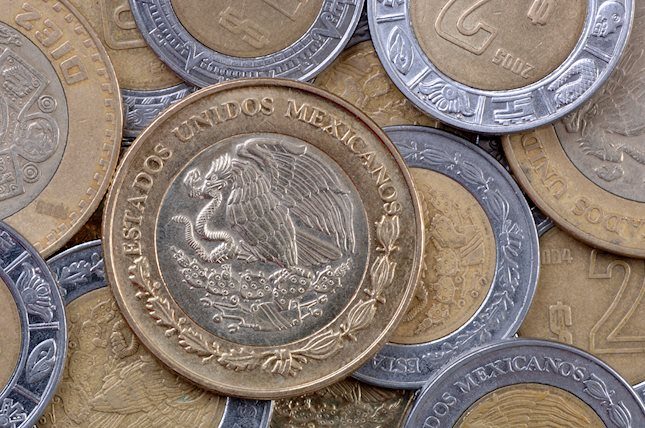US Dollar holds its ground ahead of GDP and labor market data on Thursday
- US Dollar rally is likely to continue, fueled by resilient US economy and higher US Treasury yields.
- Durable Goods Orders from March were solid.
- Hawkish bets on the Fed might also benefit the US Dollar.
The US Dollar Index (DXY) is trading mildly higher at 105.90, buoyed by high US yields amidst hawkish bets on the Federal Reserve (Fed). The US economy continues to display robust growth, which has forced markets to delay their expectations on rate cuts.
In the US, the Fed maintains a steady hawkish stance despite soft preliminary PMIs in April. Additionally, persistent high US Treasury yields due to heavy supply injection could further boost the US Dollar. The week’s highlight will be March’s Personal Consumption Expenditures (PCE) on Friday and Gross Domestic Product (GDP) preliminary readings from Q1 on Thursday. Weekly Jobless Claims on Thursday will also be closely watched.
Daily digest market movers: DXY holds gains after mid-tier data
- Durable Goods Orders reported a 2.6% increase in March, albeit with the previous surge of 1.3% significantly revised to 0.7%.
- Orders Excluding Transport posted a rise to 0.2%, reversing a revised decrease from 0.3% to just 0.1%.
- Fed’s present stance on monetary policy implies that easing expectations remain low and steady. The market forecasts low chances for a rate cut in the upcoming June meeting, while July sees a diminished likelihood at 45%. By September, a rate cut still isn't entirely anticipated with probabilities reduced to 90%.
- US Treasury bond yields showcase a mixed tendency. The two-year bond yield is seen at 4.93%, the 2-year yield at 4.66%, and the 10-year bond yield stands at 4.65%. Despite the mixed movement in yields on Wednesday, increasing US Treasury yields generally support Greenback strength.
DXY technical analysis: DXY bullish momentum continues flat, markets await direction
The indicators on the daily chart reflect a mixed scenario. The flat position of the Relative Strength Index (RSI) in positive territory indicates that the buying momentum is present but somewhat subdued as there seems no definitive direction. This suggests that bulls are exerting control but are struggling to gain further ground.
The decreasing green bars of the Moving Average Convergence Divergence (MACD) hint at slowing bullish momentum, making a potential transformative shift into bearish territory possible as the selling force starts to press forward.
However, the bigger picture is slightly more nuanced. Despite this sluggish bullish momentum in the short term, the DXY is currently trading above its 20,100 and 200-day Simple Moving Averages (SMAs). This not only points toward persistent buying pressure but also signals a more long-term bullish bias.
Central banks FAQs
Central Banks have a key mandate which is making sure that there is price stability in a country or region. Economies are constantly facing inflation or deflation when prices for certain goods and services are fluctuating. Constant rising prices for the same goods means inflation, constant lowered prices for the same goods means deflation. It is the task of the central bank to keep the demand in line by tweaking its policy rate. For the biggest central banks like the US Federal Reserve (Fed), the European Central Bank (ECB) or the Bank of England (BoE), the mandate is to keep inflation close to 2%.
A central bank has one important tool at its disposal to get inflation higher or lower, and that is by tweaking its benchmark policy rate, commonly known as interest rate. On pre-communicated moments, the central bank will issue a statement with its policy rate and provide additional reasoning on why it is either remaining or changing (cutting or hiking) it. Local banks will adjust their savings and lending rates accordingly, which in turn will make it either harder or easier for people to earn on their savings or for companies to take out loans and make investments in their businesses. When the central bank hikes interest rates substantially, this is called monetary tightening. When it is cutting its benchmark rate, it is called monetary easing.
A central bank is often politically independent. Members of the central bank policy board are passing through a series of panels and hearings before being appointed to a policy board seat. Each member in that board often has a certain conviction on how the central bank should control inflation and the subsequent monetary policy. Members that want a very loose monetary policy, with low rates and cheap lending, to boost the economy substantially while being content to see inflation slightly above 2%, are called ‘doves’. Members that rather want to see higher rates to reward savings and want to keep a lit on inflation at all time are called ‘hawks’ and will not rest until inflation is at or just below 2%.
Normally, there is a chairman or president who leads each meeting, needs to create a consensus between the hawks or doves and has his or her final say when it would come down to a vote split to avoid a 50-50 tie on whether the current policy should be adjusted. The chairman will deliver speeches which often can be followed live, where the current monetary stance and outlook is being communicated. A central bank will try to push forward its monetary policy without triggering violent swings in rates, equities, or its currency. All members of the central bank will channel their stance toward the markets in advance of a policy meeting event. A few days before a policy meeting takes place until the new policy has been communicated, members are forbidden to talk publicly. This is called the blackout period.
Forex News
Keep up with the financial markets, know what's happening and what is affecting the markets with our latest market updates. Analyze market movers, trends and build your trading strategies accordingly.
